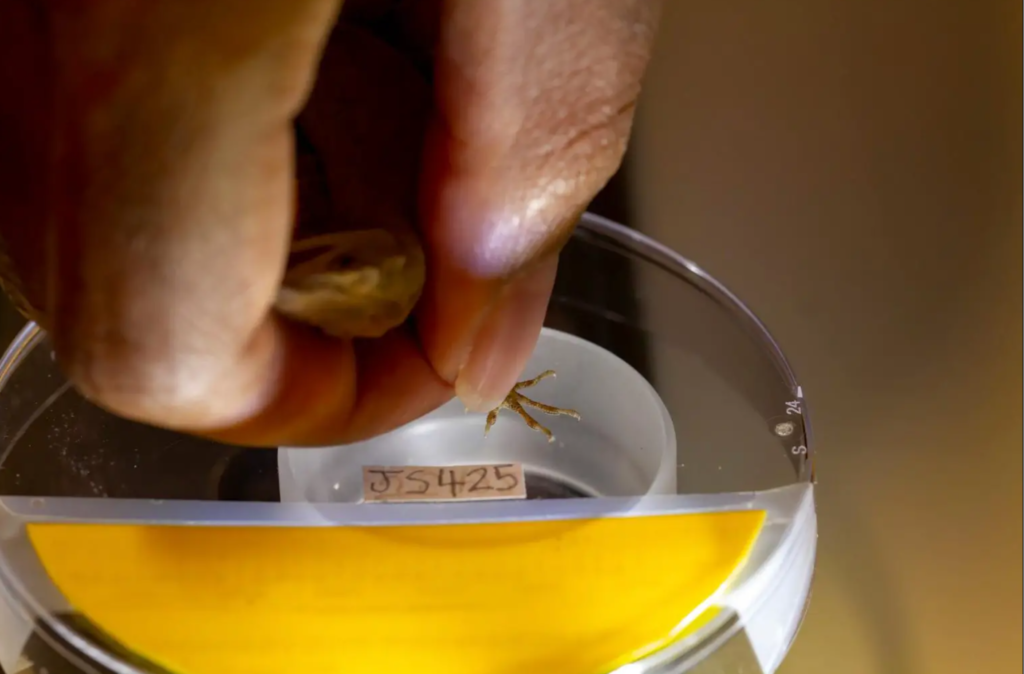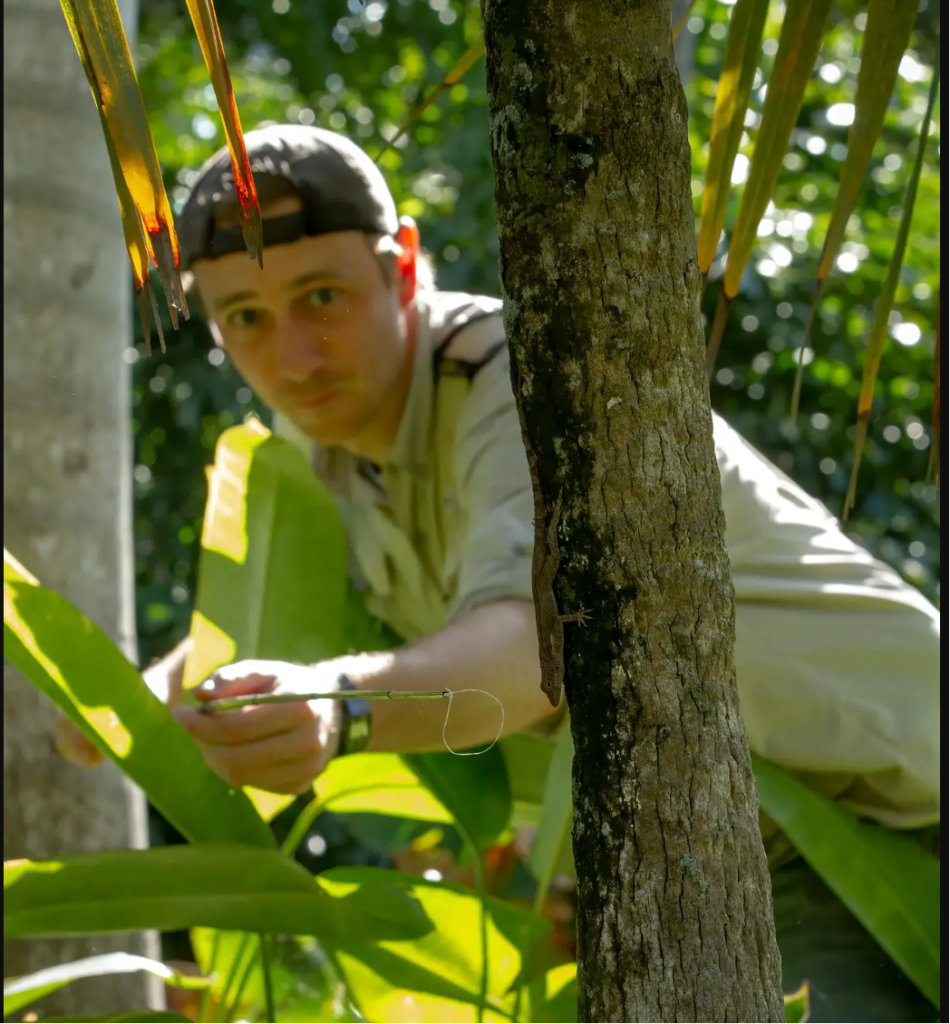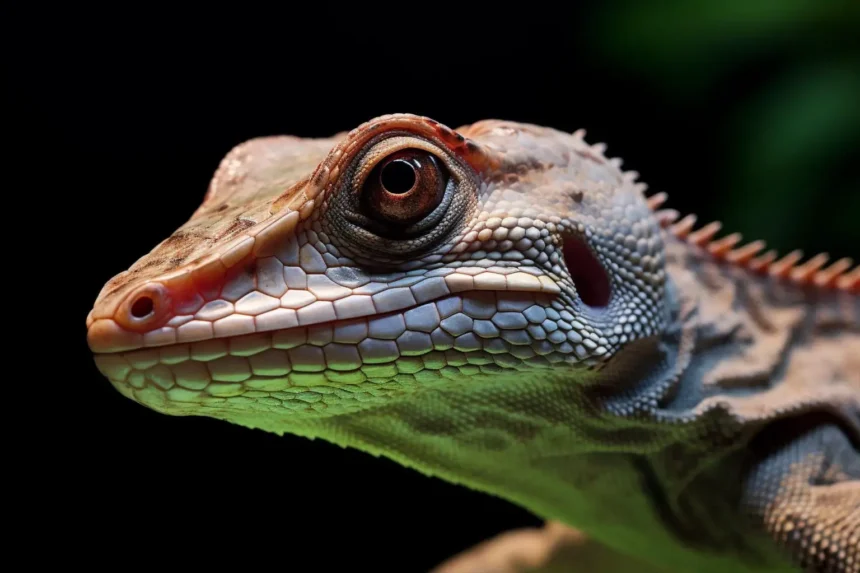New research provides fresh insights into evolutionary stasis by studying the survival patterns of lizards in their natural habitat. Contrary to traditional beliefs, the study found that natural selection, which maintains an average species feature, was infrequent. Instead, it revealed that traits advantageous for survival varied from year to year, yet overall, species appearance remained largely unchanged over time.
Long-term lizard observation challenges the conventional understanding of natural selection, suggesting species can remain consistent in appearance while still undergoing evolution
Over extended periods of time, many species change very little or not at all. The same justification is frequently used by biologists to explain why this is so: natural selection favours people with more balanced traits. Longer limbs, for example, provide an advantage for some people, but moderate or average-sized people are more likely to survive and reproduce, passing on their common features.
Redefining Evolutionary Relations
However, recent studies from the Georgia Institute of Technology and Washington University in St. Louis offer a more thorough explanation of how evolution works among coexisting species. The researchers demonstrated that co-existing species each occupy a separate “fitness peak” that is best understood as a component of a community-wide “fitness surface” or landscape. This was done by directly assessing the long-term survival of lizards in the wild.

Taking high-resolution photographs of lizard feet to measure the size of adhesive sub-digital toepads. Credit: Day’s Edge Prod
The work, coordinated by Georgia Tech’s James Stroud and published this week in the Proceedings of the National Academy of Sciences, gives a fresh perspective on how species interact with one another throughout time and how their distinctions serve to highlight their distinctiveness.
ALSO READ ; Scientists Breakthrough In Long-Distance Charging Efficiency, Revolutionising Wireless Power
Testing Theories With Lizards
Jonathan Losos, the William H. Danforth Distinguished University Professor and a professor of biology in Arts & Sciences at Washington University, said: “If species are adapted to their environment, and the environment doesn’t change, then you wouldn’t expect the species to change. However, when scientists have gone out and studied natural selection, they rarely find evidence of such stabilizing selection.
Given this disconnect, we set out to study natural selection on the organisms we know so well, Anolis lizards, to measure selection over several years and try to understand what’s going on,” Losos said.
Stroud discovered a location where four distinct anole species coexisted on a small island in a lake in the Fairchild Tropical Botanical Garden near Miami while working as a postdoctoral researcher in Losos’ group at WashU.
ALSO READ :Bee Sex Is Determined By A Molecular Dice Roll, Solving A 100-Year-Old Genetic Mysteries

James Stroud uses a tiny lasso attached to a fishing pole to catch a lizard. Credit: Day’s Edge Prods
On the island, he captured thousands of individual lizards, tagged them, and measured their body sizes. Stroud subsequently caught all of the lizards on the island once more every six months over the following two and a half years, which corresponded to two to three generations of lizards.
Findings and Implications
Losos and Stroud discovered that the stabilising form of natural selection, which preserves a species’ similar, average traits, was incredibly rare in the Florida lizards. In actuality, natural selection has changed significantly over time. Lizards with longer legs would perform better in some years, whereas lizards with shorter legs would fare better in other years. Other times, there was absolutely no discernible pattern.
The most intriguing finding, according to Stroud, is how variable natural selection was across time. “We frequently saw that the direction of the selection would radically change from one year to the next. All of this diversity, however, effectively cancelled itself out when aggregated into a long-term pattern because species stayed fairly similar across the entire time period.
Science still has a lot to learn about how evolution operates in a group. Because it takes so much time and effort, there aren’t many long-term studies like this one.
“Evolution can and does happen — it’s this ongoing process, but it doesn’t necessarily mean things are constantly changing in the long run,” said Stroud. “We now know that even though animals seem to be changing, evolution is still happening.
Reference: “Fluctuating selection maintains distinct species phenotypes in an ecological community in the wild” by James T. Stroud, Michael P. Moore, R. Brian Langerhans and Jonathan B. Losos, 9 October 2023, Proceedings of the National Academy of Sciences.
DOI: 10.1073/pnas.2222071120
ALSO READ :Da Vinci’s Secret: Researchers Find Toxic Pigments In The Mona Lisa




































